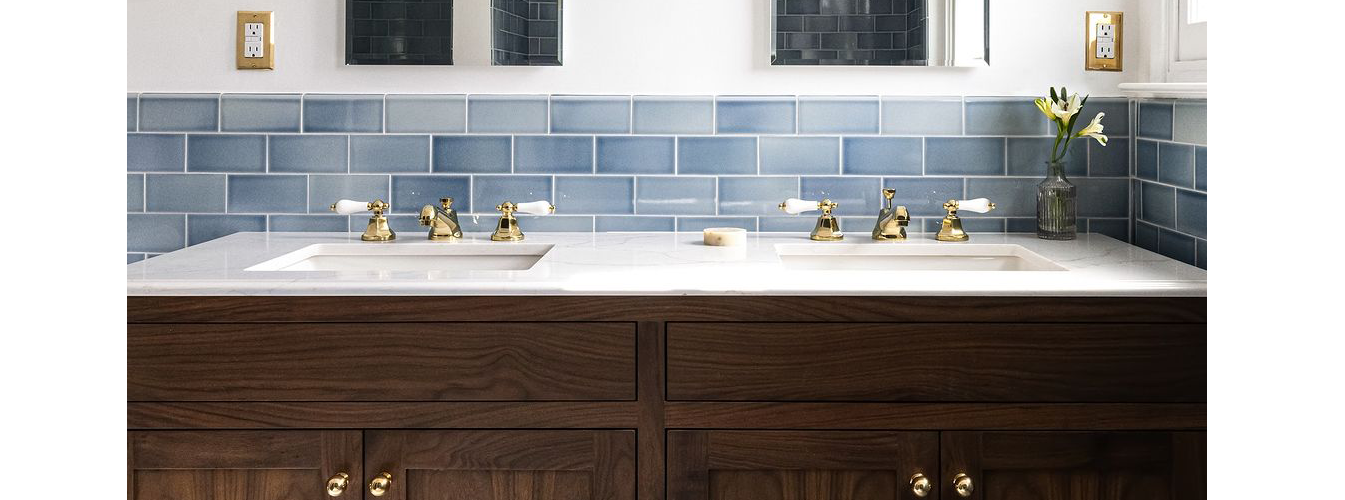Get PRO Pricing
Get [PRO] Pricing

Each day, homeowners rely on their kitchen and bathroom faucets to deliver water on demand. With a quick twist of a knob or pull of a handle, water comes rushing out. And, when things go well, the only sound heard is the flow of the water.
But, in some cases, another noise is heard—an unsettling and unwanted whistling.
High pitched and unpleasant, a whistling faucet is something that any homeowner wants to tackle right away. By diagnosing the underlying cause, the following tips can help stop the unwanted noise.

Check the Aerator
One of the most common culprits for whistling faucets is the aerator. Often, the whistling occurs because water is not flowing freely through the aerator. This results in the whistling sound.
Unscrew the aerator from the spout. Look for any calcium or mineral build-up on the screens in the aerator. Especially for homeowners with hard water, it is common for the aerator to need a deep clean.
To perform this task, soak the piece in a 50/50 solution of vinegar and water for one hour. Then, rinse and scrub it with a brush.
Next, reattach the aerator and test to see if the whistling stops. If build-up in the aerator was the cause, it is important to schedule regular cleaning of this piece to prevent the noise from occurring again.

Move on to the Valves
If the aerator isn’t the cause of the whistling sound, it could be due to the deterioration of parts found within the faucet’s valves.
To determine if this is the cause, turn off the water to the sink. Remove the cartridges and look for any worn-out gaskets, O-rings, or springs. Replace any that are cracking or damaged.

Check the Water Pressure
Finally, another common culprit of whistling faucets is actually the water pressure. With a simple investment of $10 or less you can test your water pressure and determine if it might be the cause of the problem. Ideally, you want the water pressure to be between 40 and 80 PSI. 60 PSI being the optimal.

Replace the Faucet
If swapping out gaskets and cleaning the aerator doesn’t do the trick, it might be time to replace the entire faucet assembly. Over time, the components of the faucet can wear down, causing issues with the water flow. This, in turn, will create a whistling.
Shop Kingston Brass
For homeowners interested in replacing a whistling faucet, Kingston Brass is the place to begin. Their extensive selection of bathroom and kitchen faucets makes it easy to find the perfect replacement for any style home. With numerous finishes and designs to choose from, they make faucet replacement a cinch.
